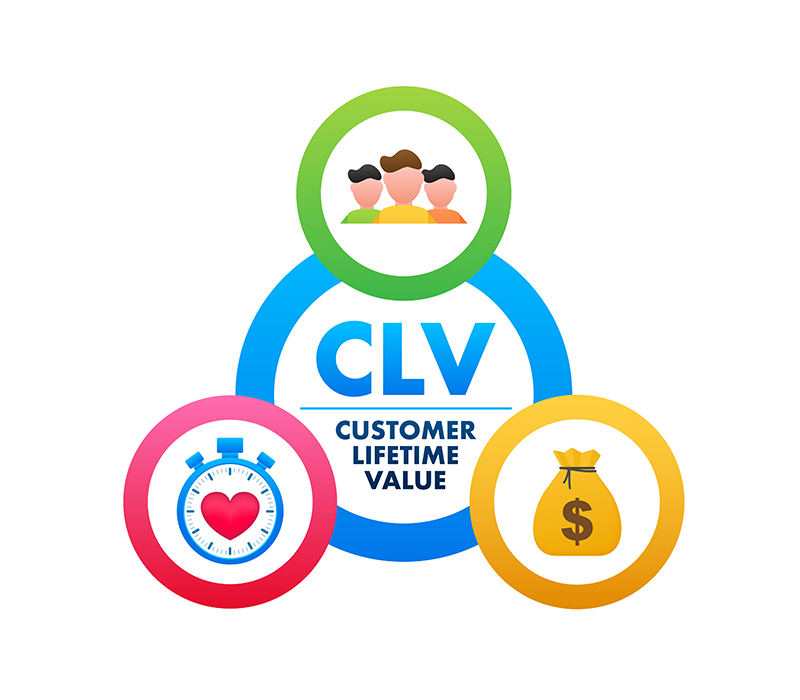How customer experience drives lifetime value for businesses
Every company wants to keep their customers, but the best companies increase customer lifetime value (CLV). The CLV is a metric that describes the company's total net profit from any given customer.
To calculate it, you need to know your cost of sales, retention rate (how many customers are still buying), and customer lifetime value. The easiest way to improve upon your CLV is by focusing on providing great experiences for your customers.
Customer lifetime value (CLV) is a metric that describes the company's total net profit from any given customer.
Customer lifetime value (CLV) is a metric that describes the company's total net profit from any given customer. It's calculated using the cost of sales, retention rate, customer lifetime and customer value.
CLV is one of the metrics you'll use to evaluate your business's success. Still, it's not the only one—you should also look at other metrics such as customer acquisition cost (CAC), customer satisfaction score and customer churn rate to help determine which changes will drive higher CLV for your business overall.

CLV provides a consolidated view of its overall customer experience.
Customer lifetime value, or CLV, is a metric that considers the profits you can make from customers throughout their relationship with your company. It's calculated using the cost of sales, retention rate, customer lifetime and customer value.
If you're interested in increasing CLV for your business—and boosting your chances of higher profits in the process—here are three tips to help you get started:
CLV is calculated using the cost of sales, retention rate, customer lifetime, and customer value.
CLV, or customer lifetime value, is the amount of money that a customer is expected to contribute over their Lifetime with your company.
It's calculated by taking the average value of a customer over their Lifetime and dividing it by how long they are expected to stay with you (i.e., Lifetime).
The formula for CLV looks like this: CLV = (# transactions X Average transaction value) / retention rate.
You can think of CLV as an investment you make in a customer. It's the money they will spend with you over their Lifetime, minus any costs associated with acquiring them (such as advertising). Check out a free discovery call with ChalkWalk Consultancy to train and develop your sales team, which will boost revenues.
The best way to increase CLV is to improve customer experiences.
By focusing on the quality of your customer experience, you can create a relationship with your customers that last for years. This is especially true when your products or services aren't very price-competitive.
The customer journey is the most important aspect in increasing lifetime value because it affects everything from first contact to purchase, delivery and even post-purchase support. You need to ensure that each stage of the process provides a great experience for your customers so they'll come back again and again.
If you want to calculate your CLV or improve upon it, start by focusing on your customers
CLV is the value of a customer to your business. It's basically how much profit you make from every customer. That's why it's so important to focus on your customers because they're the ones who really matter when it comes to calculating CLV and improving it. For more information about your CLV and how it applies to you specifically, please contact ChalkWalk.
The best way to increase CLV is by focusing on the customer experience. One way for businesses to do this is by using predictive analytics and AI-powered chatbots that can help automate some of their processes, giving them more time for human interactions with customers.

Conclusion
While the concept of customer lifetime value is simple, it's important to remember that it's not just about making a sale. The metric describes how much profit a company will make from any given customer over their Lifetime, as well as how much they can spend on other products or services.
It's also important to consider how your customers value your brand because this affects their experience with your business. Visit ChalkWalk Consultancy's website to learn more about our team training and development services, specifically designed to increase revenues. Finally, you must measure CLV against competitors and understand where they stand in terms of customer satisfaction before implementing changes that could affect profitability across all channels.


Leave a Reply